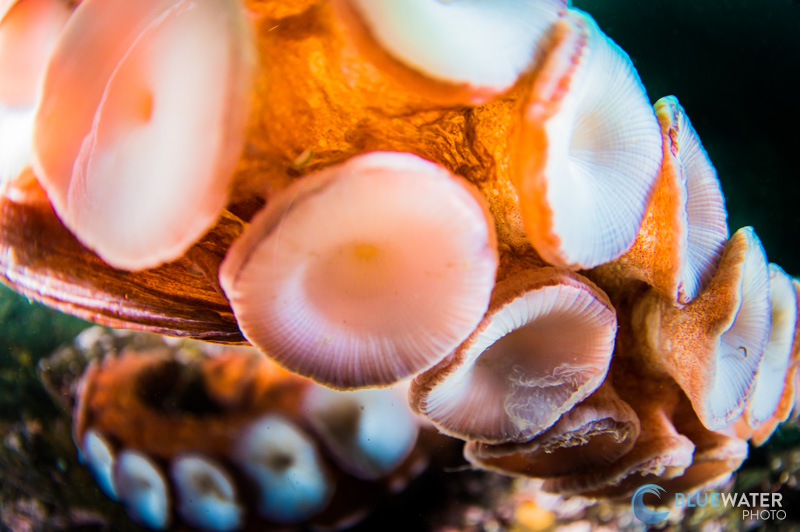Tips for Photographing Octopus
Posted by Nirupam Nigam on February 1st, 2024
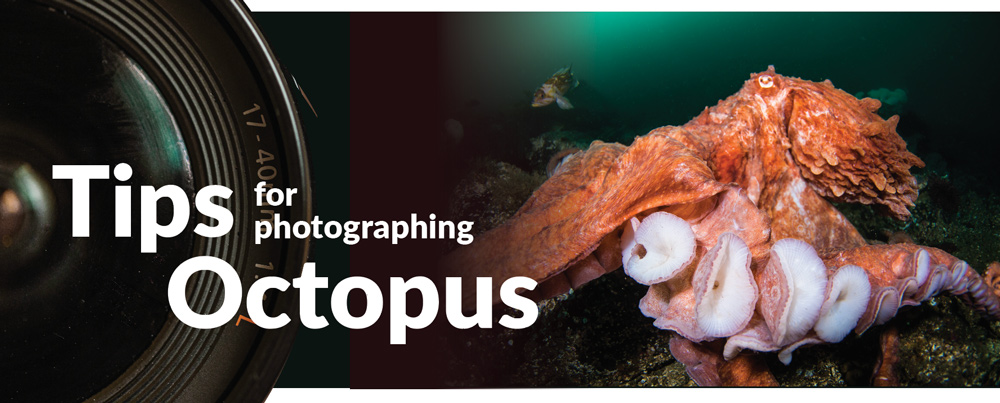
It can be tempting to think of Octopus as the human analog of the oceans. And indeed they are. With extreme intelligence, communicative ability, problem-solving prowess, and sentience, Octopus are some of the world's most intelligent creatures. And to think, they are in many ways, a clam with brains. Afterall, octopus inhabit the same phylum as bivalve shellfish - mollusca.
The same characteristics that give octopus a fascinating allure also make them difficult to find and photograph. Fortunately, in my time reviewing underwater cameras, I have encountered many octopus in the Pacific Northwest, California, the Sea of Cortez, and beyond. Here are my top tips for finding, interacting with, and photographing octopus.
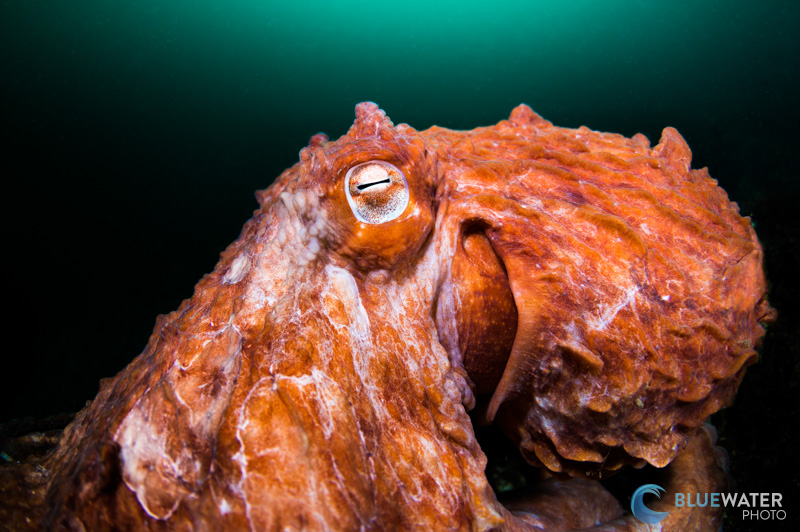
1. Look for the Hole
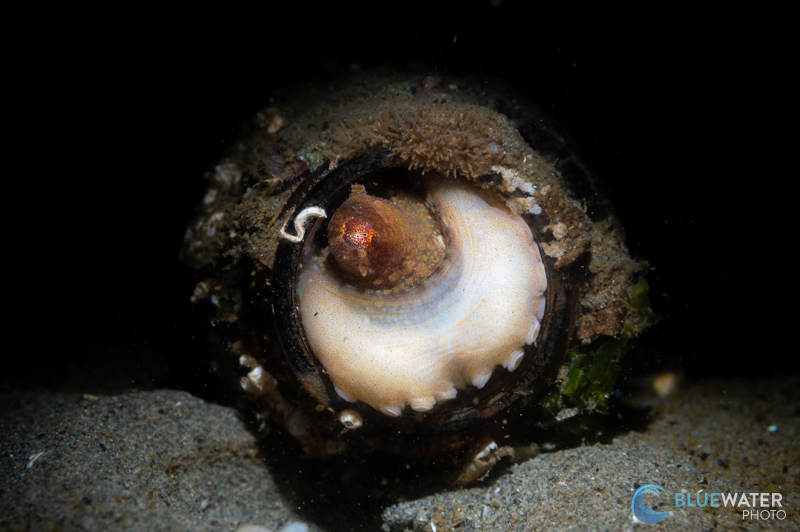
Ranging from a few millimeters in size to almost 10 meters, octopus are found in a wide range of habitats and environments. The one thing that is ubiquitous about their habitat is the hole. Octopus love holes (or dens). This is because octopus have the unique ability to squeeze into any space larger than their mouths (beaks). Because their beaks are quite small, I have seen Giant Pacific Octopus in dens with openings smaller than the size of my fist.
Knowing this, I tend to look for octopus in holes in the side of walls as well as at the bottom of reefs where rock interfaces with sand. Of course, you want to do your research if you have a certain species in mind. Some octopus prefer sandy bottoms and will create their dens with available materials (like clam shells) or even dig into the sand.
2. Follow the Breadcrumbs
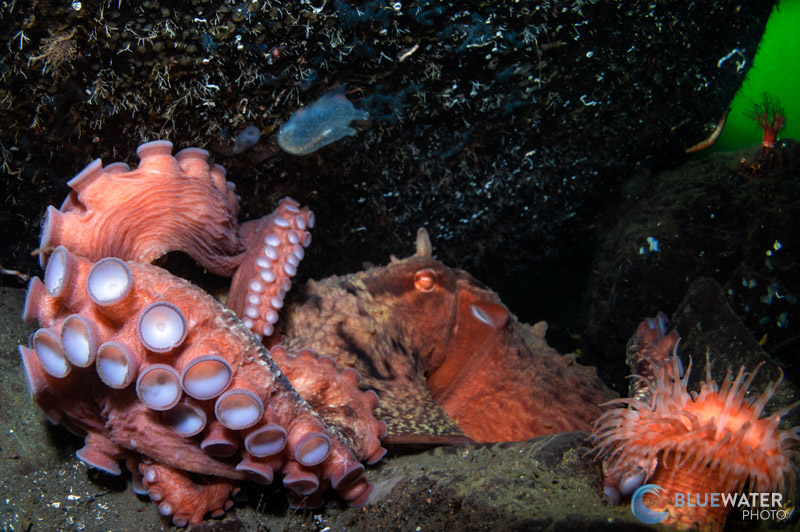
With any underwater critter, it's important to follow the trail of breadcrumbs....that is, food! If you are looking for a certain species of Octopus, research what they eat. In the Pacific Northwest, for instance, Giant Pacific Octopus love clams. If you see a pile of clam shells in front of a hole, you've almost certainly found where an octopus lives.
3. Approach slow and offer a finger
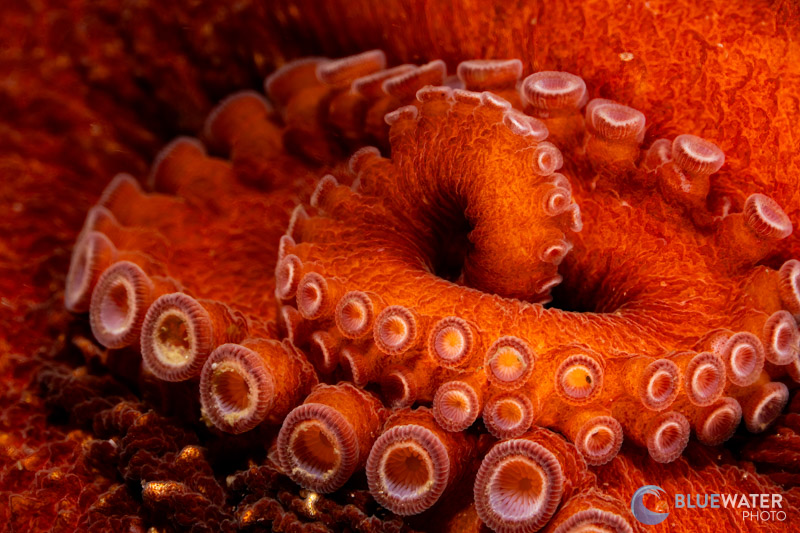
Octopus are curious, sentient critters, but their intelligence makes them quite shy. They are often unsure of what your plans are. When you find one, it's important to approach is slow and respectfully. Keep your body language so that it is submissive and unassuming. If you have a camera and it looks like you're hunting, the octopus will think that you are and retreat.
I find that once an octopus has let me approach and observed me, if it doesn't scrunch up and make itself smaller, it is likely curious. With these octopus I will hold out my finger to it. Octopus sense and even taste with their arms. If they want to interact with you, they will often reach out with a tentacle to feel your finger, or even your regulator. In one instance the octopus became more aggressive afterwards. In all the others, they relaxed and allowed me to get close for photographs.
4. Search for a Fish Friend
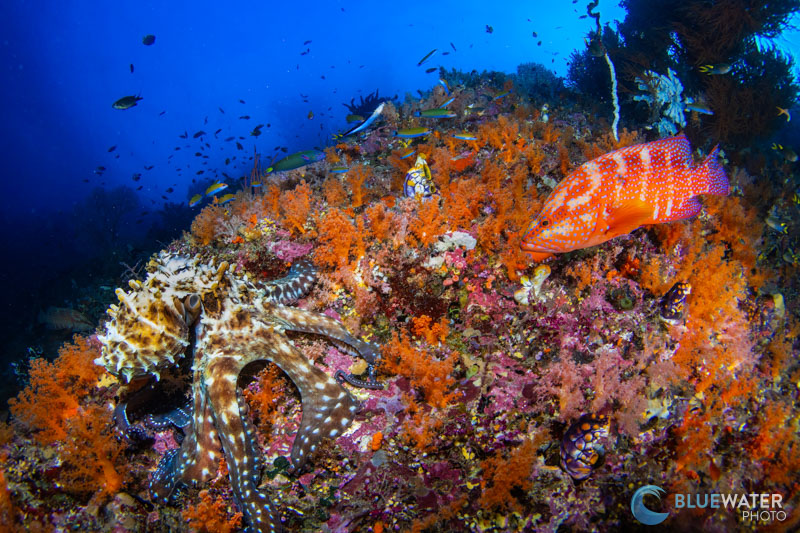
Sometimes Octopus have a fishy companion such as coral groupers. These fish often partner with an octopus to hunt. If you see a fish that looks very intent on what an octopus is doing, follow the fish. It will point to the octopus's position on the reef and you might see some interesting feeding behavior.
5. Wide Angle or Macro?
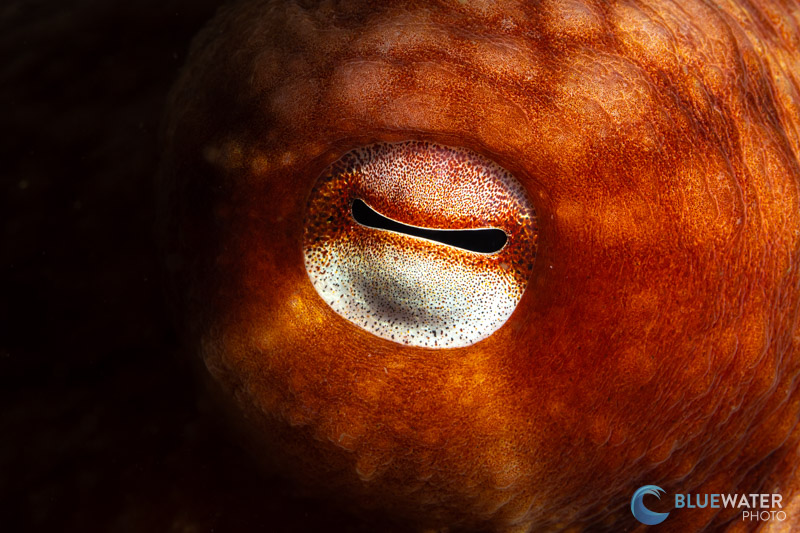
The ultimate question for an underwater photographer! In my experience, it depends on the size of an octopus. I like to use a macro lens for blue spotted octopus, red octopus, and other octopus smaller than a soft ball. For any octopus larger than a soft ball, you can get a nice reef scene with a wide angle lens like a fisheye lens. The one exception being if you run into a large octopus with a macro lens... In these cases I choose to take dramatic photos of eyes and tentacles.
6. Use a High Shutter Speed
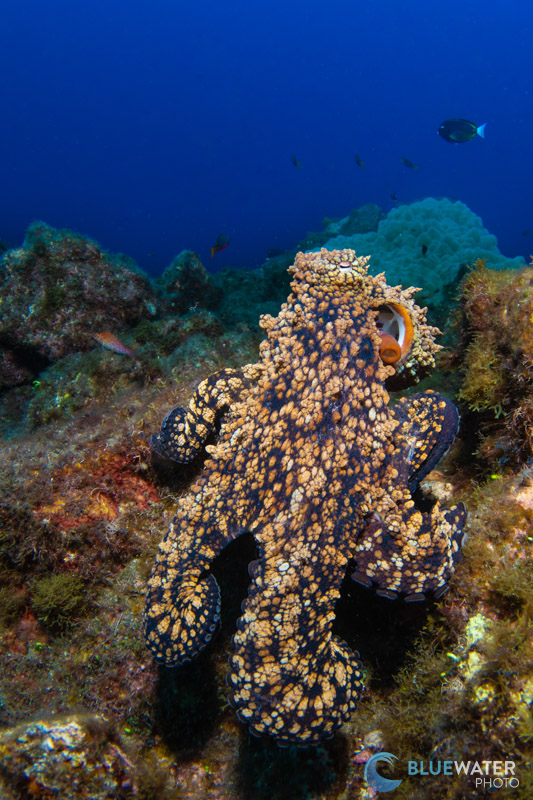
Octopus can move quite fast. I choose to shoot at a higher shutter speed (about 1/160th - 1/250th of a second) to freeze the action.
7. Choose Your Focus Point
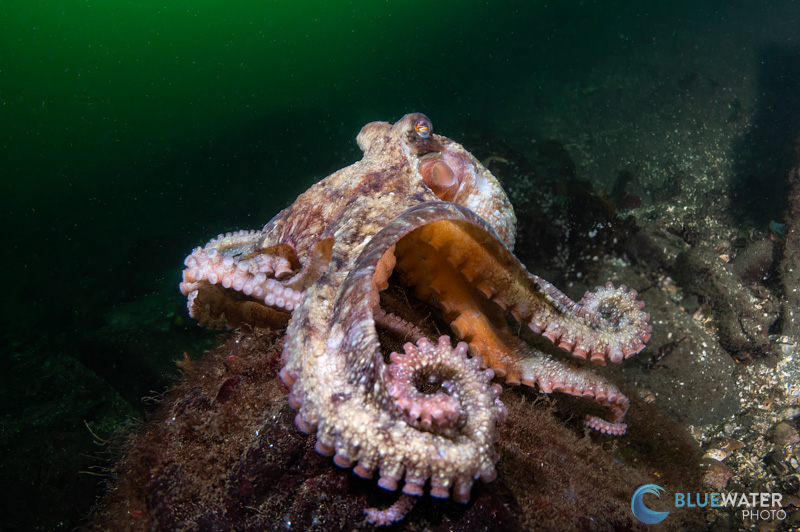
The general rule of thumb for underwater photography is to focus on the eye of your subject. However, with octopus, the eye is not always apparent. So where do you focus? I still try to focus on the eye, but if it makes sense I also focus on the tentacles.
8. Consider Your Background

Octopus are excellent at hiding in plain site. They are able to change the color and texture of their skin on cue to match the substrate. This makes it very important to consider your background. If the octopus easily blends in with a rock, then you may want to consider getting low and shooting up so that there is some water (negative space) behind the octopus. But sometimes, if the octopus is making an interesting motion in it's den, you may need to use a rocky background to accentuate it. Underwater snoots can often help remove the background altogether and create a black background.
Conclusions
Octopus are some of the most intelligent and most difficult to photograph creatures in the sea. Knowing where they live, what they eat, and how they behave is essential for capturing an excellent photograph. So make sure you always do your research on the octopus species available in your location and get to know them. After that, it's a matter of patience and getting to know the local octopus on a more personal level.
